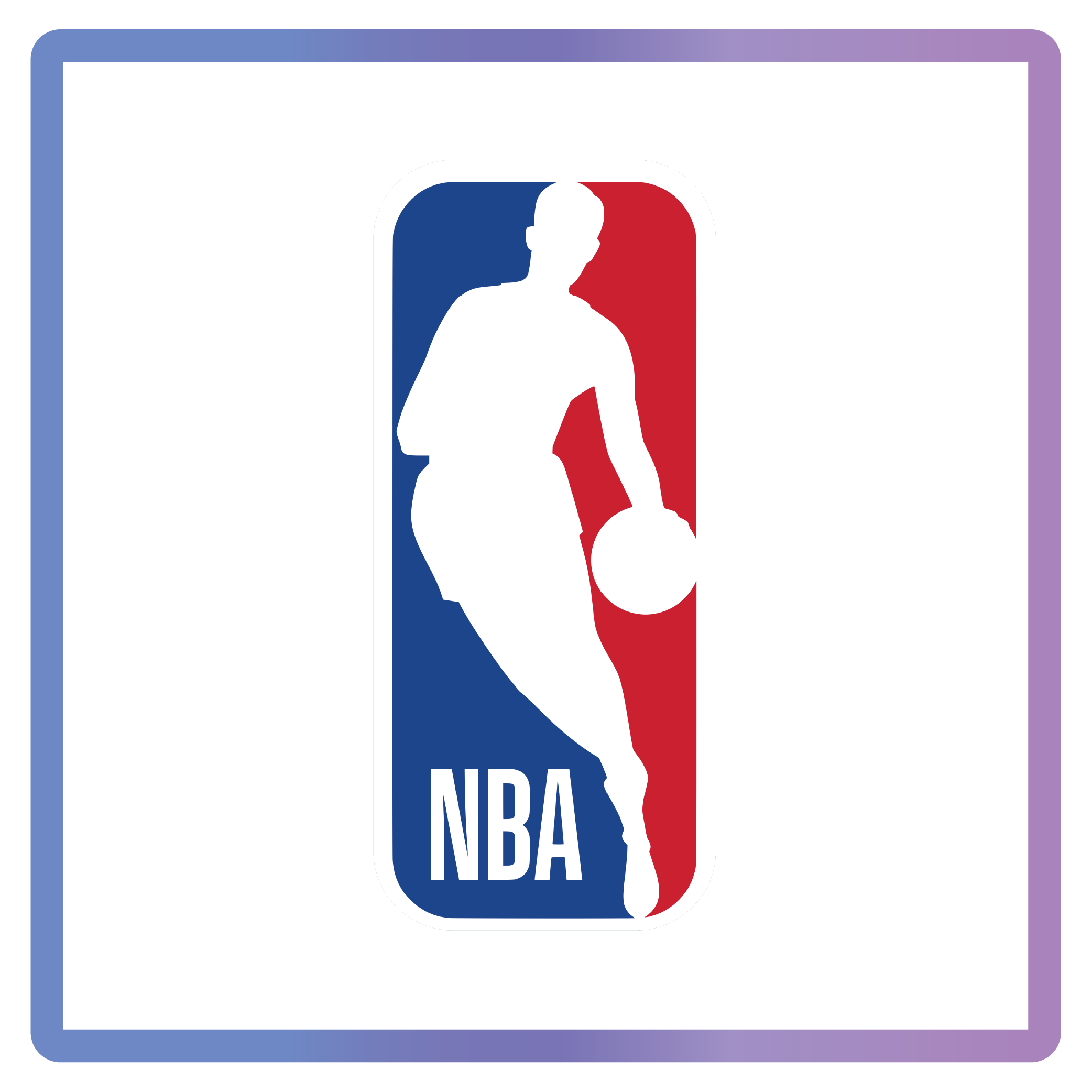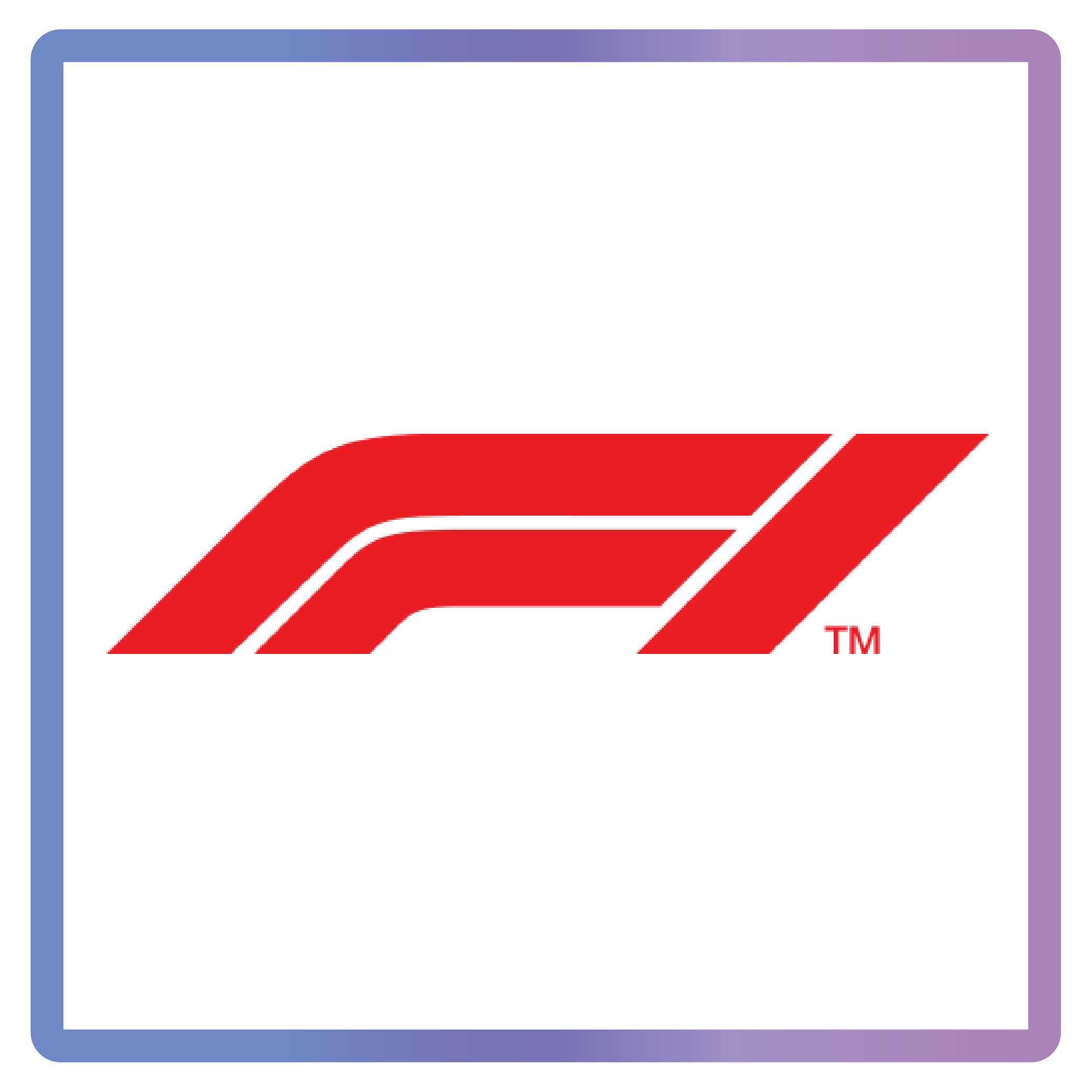- Industry›
- Sports
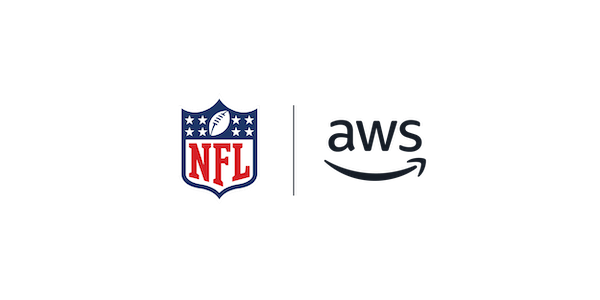
NFL on AWS
AWS powers the NFL by harnessing AI and machine learning to revolutionize player safety, unlock real-time game insights, optimize scheduling, and deliver personalized fan experiences—transforming every aspect of America's most popular sport through cloud innovation.
Discover how AWS powers the NFL
Player health & safety
AWS powers the NFL's Digital Athlete, a injury prediction tool, that uses machine learning and AI to help identify when players are at an increased risk of injury.

Seattle Seahawks
The Seattle Seahawks and AWS have created a winning partnership using data-driven insights across the franchise to analyze information across player acquisition, team and opponent scouting, and player health.

Fan Data Platform
The NFL uses AWS technology to take real-time insights and transform fan engagement to offer personalized experiences and content curation.

Next Gen Stats
The NFL and AWS tackled the hidden dynamics of punt and kickoff with Expected Return Yards to estimate yards a return will gain when the ball is caught.

Compete in the Big Data Bowl
Compete in the NFL Big Data Bowl, powered by AWS, and use real game data to build new AI-powered stats that shape the future of football. Choose between two new competition tracks for 2025.
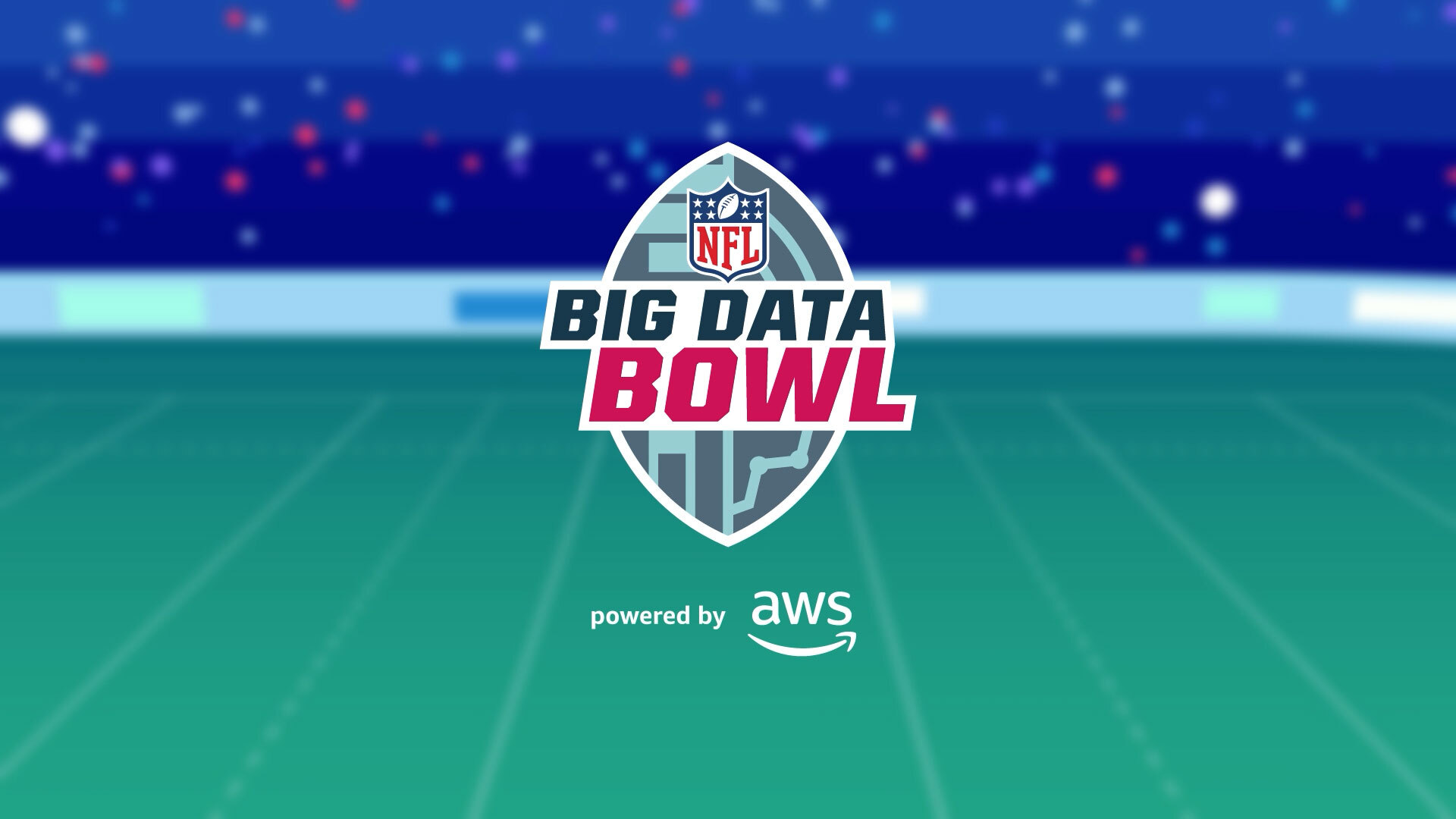
NFL Digital Athlete: AI-Powered Player Health & Safety
✔ AI-Powered Injury Prevention: Analyzes millions of data points weekly from games and practices to predict injury risks and optimize player health and performance.
✔ Data-Driven Rule Evolution: Simulates thousands of scenarios to guide safety improvements, including the 2024 Dynamic Kickoff rule designed to reduce injuries.
✔ Proven Safety Results: Delivered 700 fewer injury-related game absences in 2023 and the fewest concussions on record in 2024 since tracking began.
See how AWS powers the NFL
AWS + NFL's Next Gen Stats - Pressure Probability (1:43)
AWS and NFL - AI-powered Tackle Probability (1:53)
How the NFL builds the season schedule with AWS (1:00)
Inside the NFL’s innovative fan data platform (2:40)
Fuel generative AI innovation: lessons from sports leaders
Discover how leaders like Formula 1, the NFL & PGA TOUR use gen AI on AWS to enhance customer experiences, workforce productivity and process optimization. Leverage these real-world use cases to advance your gen AI journey.
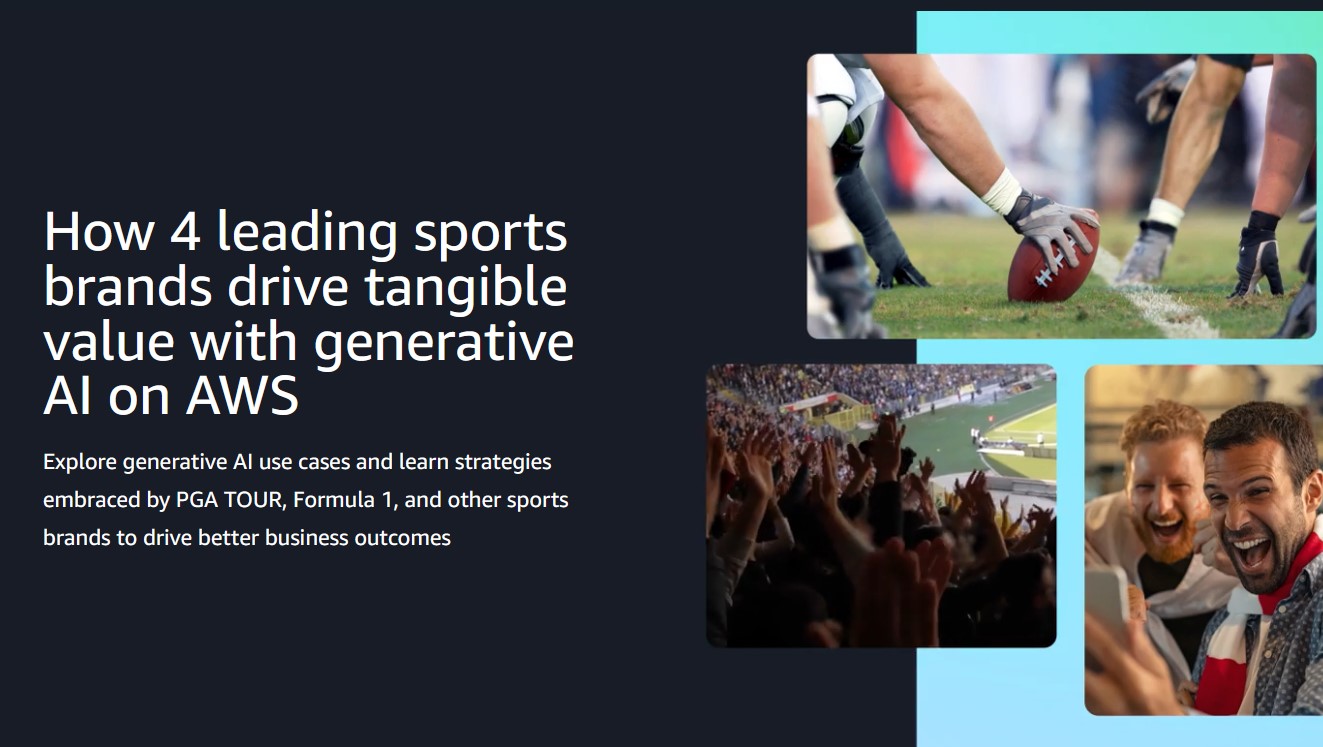
Explore our sports partners
Discover more
Did you find what you were looking for today?
Let us know so we can improve the quality of the content on our pages
